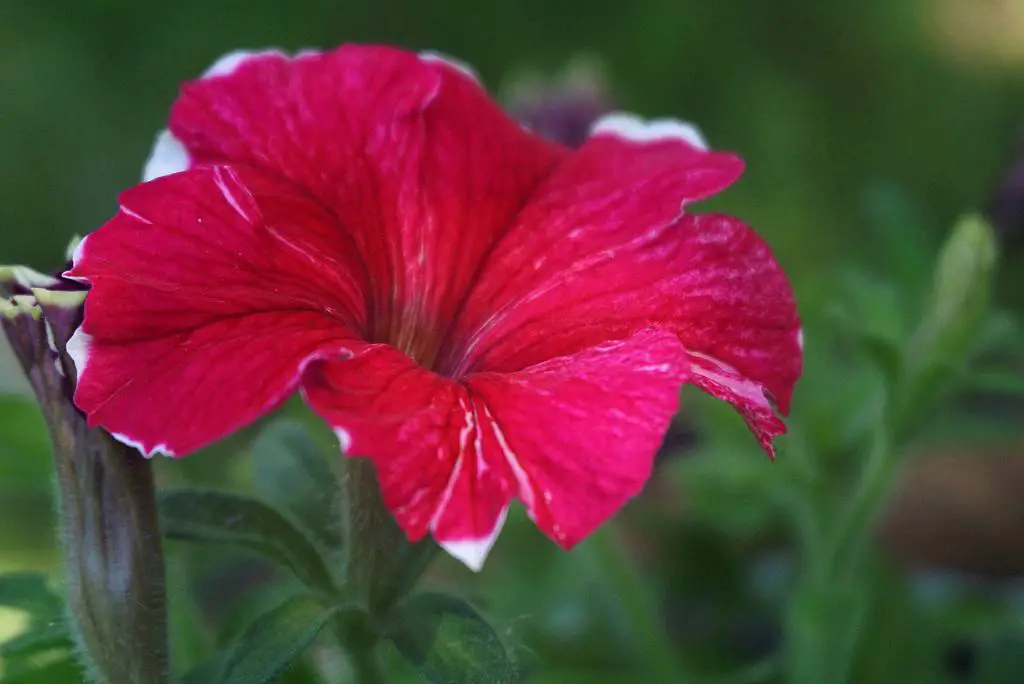When it comes to petunias, deadheading is an essential task that can help keep your plants healthy and blooming all season long. Deadheading is the process of removing faded or wilting flowers from the plant in order to encourage new growth and prolong the blooming period. In this article, we will discuss the importance of deadheading petunias and provide step-by-step instructions on how to do it effectively.
Why Deadhead Petunias?
Deadheading petunias serves multiple purposes. By removing spent blooms, you are directing the plant’s energy towards producing new flowers rather than setting seeds. This can help the plant continue to bloom prolifically throughout the season. Additionally, deadheading prevents the plant from looking unsightly with wilted flowers, maintaining the overall appearance of your garden.
When to Deadhead Petunias
The timing of deadheading petunias is crucial for optimal results. It is recommended to deadhead petunias regularly throughout the growing season, as soon as the flowers start to fade. This can vary depending on the specific variety of petunia you are growing, so it’s important to keep an eye on your plants and deadhead as needed.
Tools You May Need
Deadheading petunias can be done simply by pinching off the spent blooms with your fingers. However, if you have a large number of petunias to deadhead, using scissors or pruners can make the task quicker and more efficient. Make sure your tools are clean and sharp to prevent damaging the plants.
Step-by-Step Guide to Deadhead Petunias
1. Start by inspecting your petunia plants for faded or wilting flowers.
2. Locate the stem just below the spent flower you want to remove.
3. Using your fingers, scissors, or pruners, cut or pinch off the flower at the base of the stem.
4. Make sure to remove the entire flower head, including any developing seed pods.
5. Continue deadheading throughout the season to encourage continuous blooming.
Tips for Effective Deadheading
– Deadhead petunias in the morning when the plants are well-hydrated and the weather is cool.
– Make clean cuts to prevent damaging the stems and promote quick healing.
– Dispose of the removed flowers to prevent pests and diseases from spreading.
Common Mistakes to Avoid
One common mistake when deadheading petunias is cutting the stem too short, which can inhibit new growth. Make sure to leave a small portion of the stem above the leaf nodes to encourage new flower development. Additionally, avoid waiting too long to deadhead, as leaving faded blooms on the plant for too long can hinder new flower production.
Benefits of Deadheading Petunias
By deadheading petunias regularly, you can enjoy a longer blooming season with more vibrant and healthy flowers. This simple maintenance task can significantly improve the overall appearance of your garden and keep your petunias thriving throughout the season.

Conclusion
Deadheading petunias is a straightforward yet beneficial practice that can enhance the beauty of your garden and promote healthy plant growth. By following the steps outlined in this article and incorporating regular deadheading into your gardening routine, you can ensure that your petunias bloom abundantly and look their best all season long.
